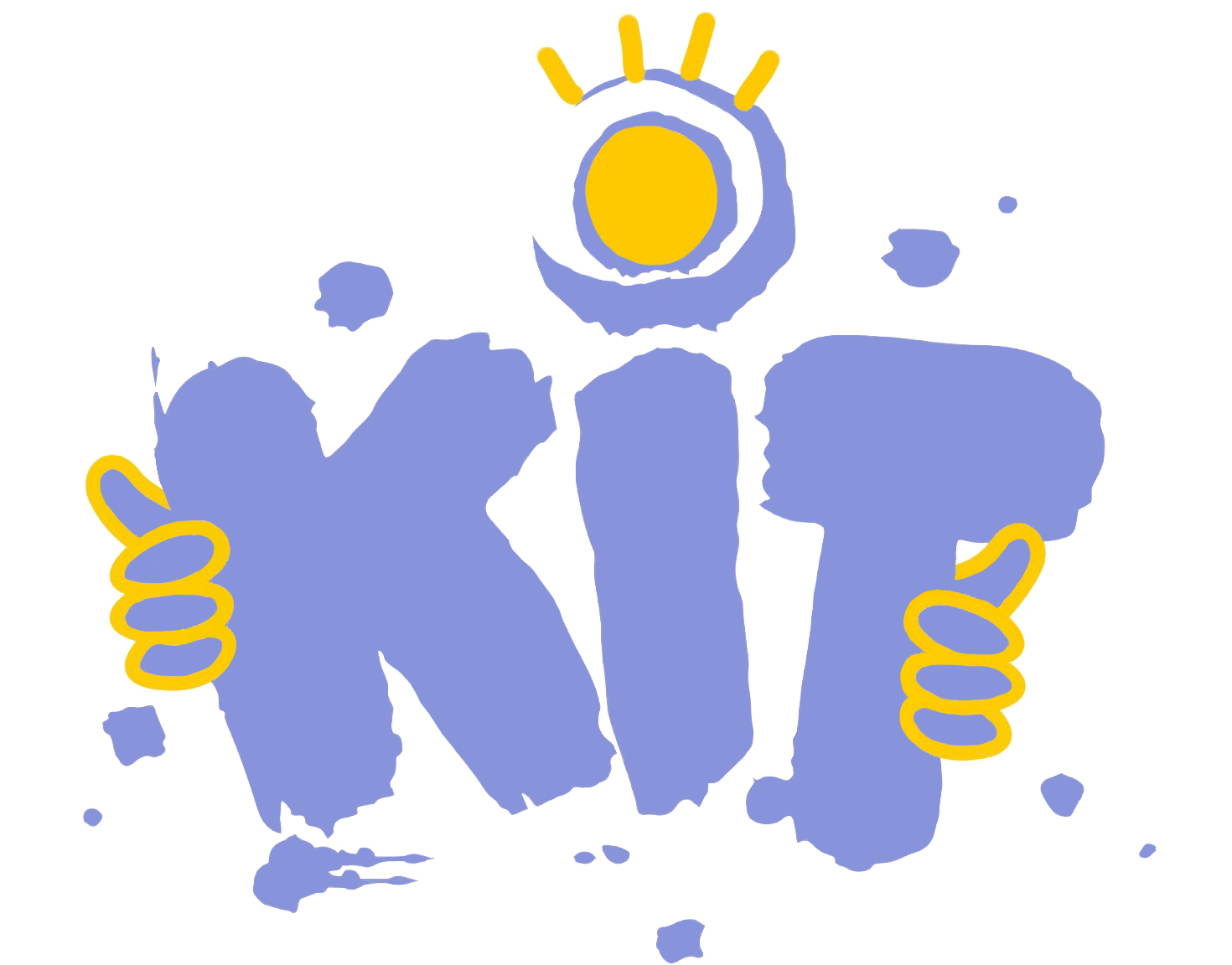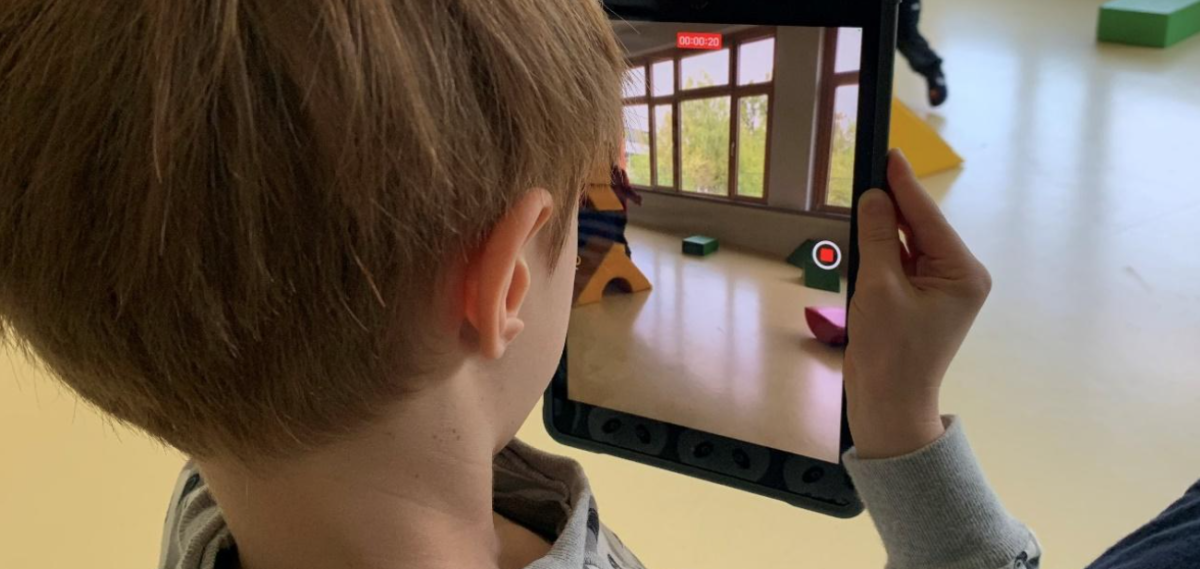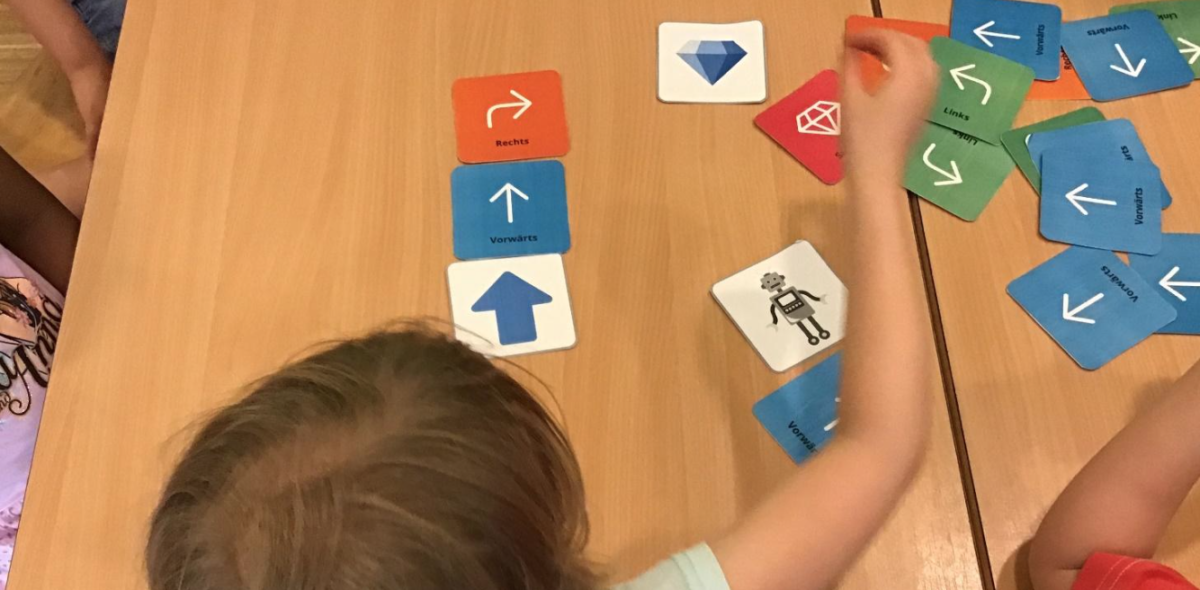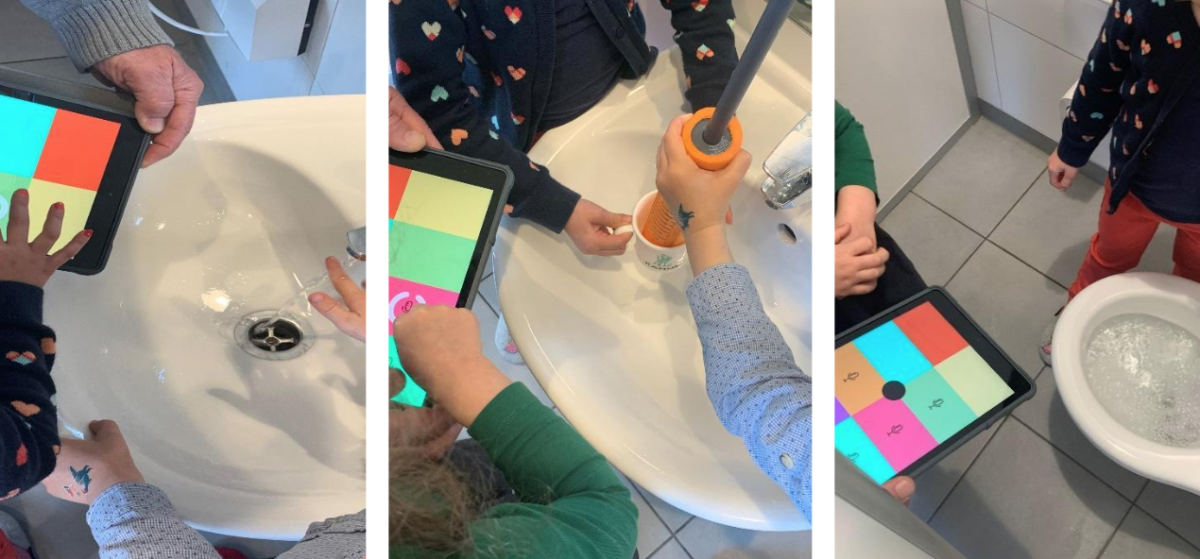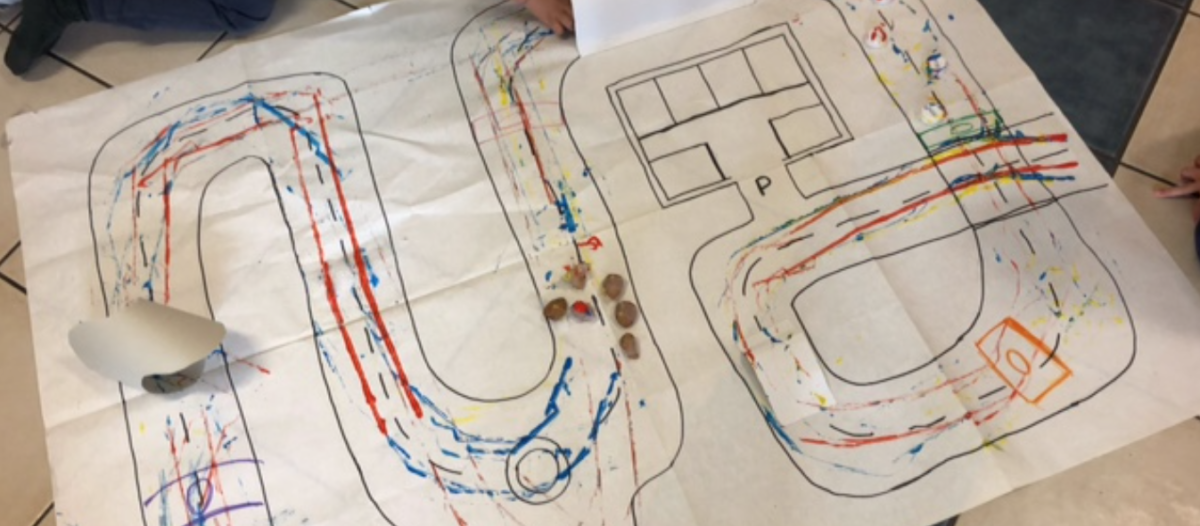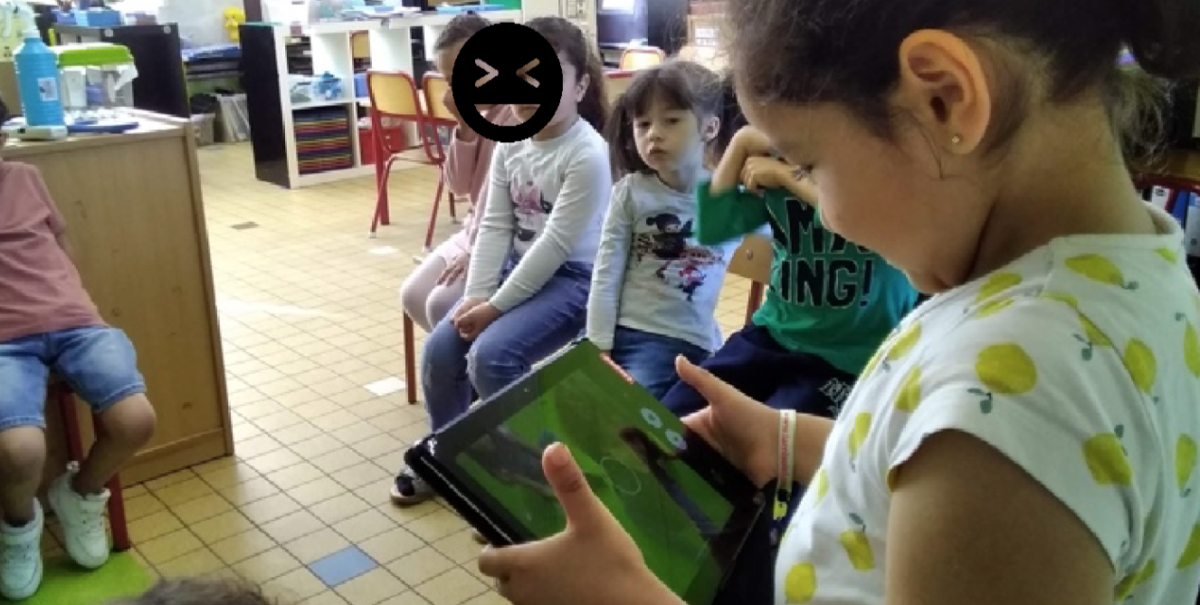Can physical tasks for an interactive quiz game be developed in kindergarten?
The concept of Actionbound literally augments the reality by enhancing real-life interaction whilst using smartphones and tablets. Children and teacher can create app-based DIY digital timelines of events with the use of GPS coordinates or pre-placed codes and tasks.
First children can try out Actionbound by playing a short testing version created by the teacher. To extend the game children use their own ideas for quizzes, challenges including photo, audio and video and tournaments. When the teacher finishes the design of the game parents can play the Actionbound at home with the children.
After being familiar with Actionbound, a new outdoor treasure hunt can be created in the kindergarten. During an excursion the children and the educator can find interesting places and develop ideas for new physical tasks. When the creation process is done the game can be played by children and parents together with the Actionbound app.
An idea from
JFF-Institut für Medienpädagogik tested with Inklusives Luise-Kiesselbach-Haus Munich, Germany
Time
3 activities (30-40 minutes each)
Age
5-6 years
Objective
- Be active and explore your surroundings.
- Develop your own ideas and be creative.
- Get to know a digital tool with which you can create your own quiz games.
#physicalactivity #qrcode #images #sound #video #movement #environment
